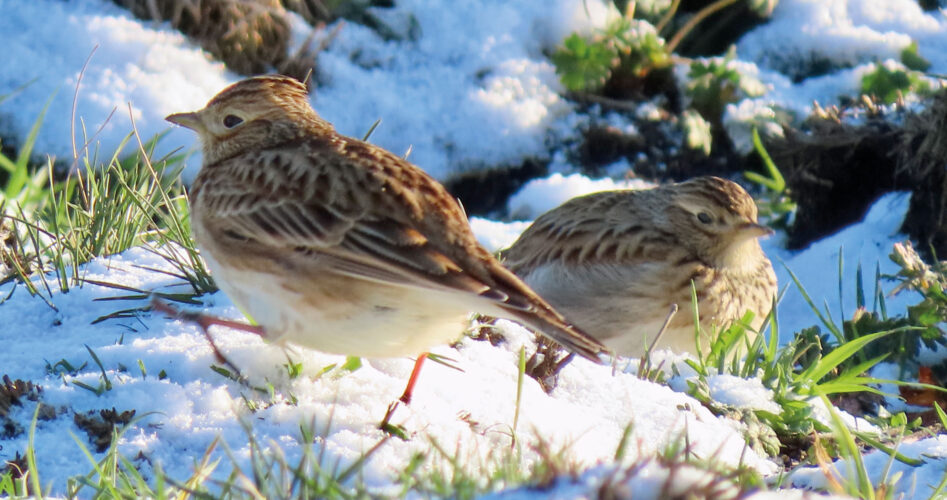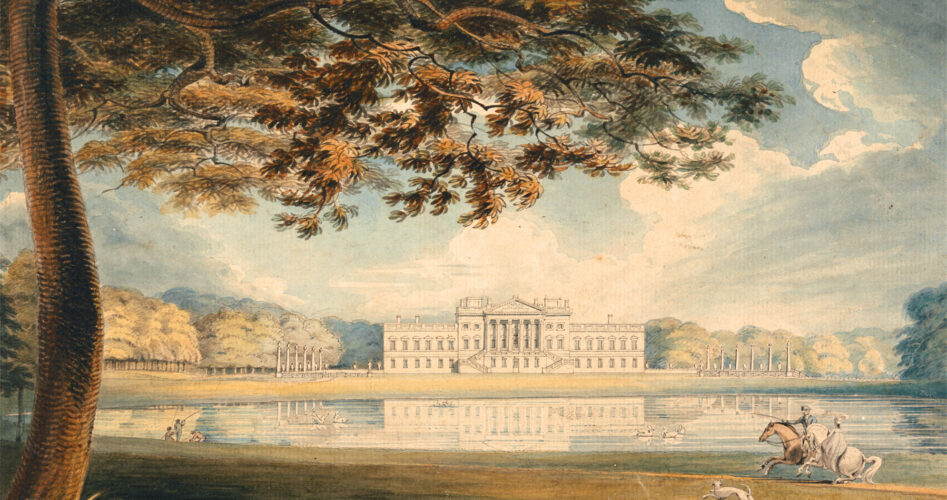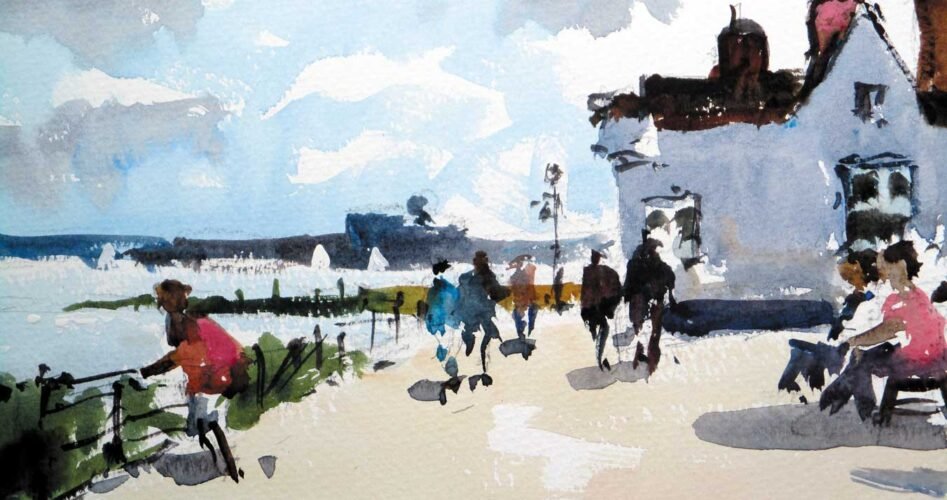The Wren Wildlife Group, London Wildlife Trust and Wild Wanstead have compiled a list of 10 species at risk of local extinction. In the first of a series of articles looking at each species in turn, Tony Madgwick, London Natural History Society Recorder for Bees and Wasps, explains how to help the tawny mining bee
Of the more than 270 species of wild bees in the UK, the furry and orangey-red tawny mining bees are one of the more distinctive and recognisable species! You will see them on the wing from early April until mid-June.
Females are a little bigger and stockier than honey bees, with thick reddish hair on the thorax and dense orange hair on the abdomen. Their legs and heads are completely black. The males are less distinctive, being a little smaller, thinner and browner, and with a white moustache over their long mandibles.
Tawny mining bees are a solitary bee – looking after themselves rather than living in a colony with a queen like honey bees and bumblebees. The females make an underground nest where they lay their eggs and store pollen for food so that the young bees can develop before emerging the following year. Each nest has a little volcano-like mound of soil around the mouth of the burrow with a four-millimetre hole in the top. Each female works alone to create her family home, although it’s common to see many nests close together.
Tawny mining bees are important for humans because they pollinate garden plants, fruit trees and crops like oil-seed rape. Indeed, their flight season peaks to coincide with spring-blossoming shrubs.
Tawny mining bees are common nationally, but they can only thrive in places where their habitat is protected. In Wanstead, the sunny, grassy areas where the bees need to nest are under pressure from the paving of gardens, use of artificial grass, and building and development. Bees are thought to be at risk from climate change because rising temperatures can disrupt the synchronisation between when the insects emerge and the flowering of their food plants. Wild bees in cities compete with urban honey bees for early season forage. The growing numbers of urban bee hives means that we should be providing more early and diverse flowering plants and shrubs to support our wild bees. Anecdotal evidence suggests that the population of tawny mining bees in urban Wanstead has declined, although there is a stable population in Wanstead Park.
There are several ways you can help tawny mining bees:
If you see nests in your garden or the park, leave them be. These bees love to nest in managed lawns or flower beds. The small mounds typically only last for a few days or weeks every year and do no lasting damage to lawns. It would be great if you could help us to record these nest sites.
Plant the spring-flowering shrubs and flowers that tawny mining bees love, such as salvia, galanthus (snowdrops), echinacea, cosmos, verbena, willow, raspberries, fruit trees and wild flowers. There are varieties of fruit trees and flowering shrubs for gardens of every shape and size, and many can easily be grown in tubs.
Never use pesticides or weedkillers in your garden. Instead, aim to attract lots of different wildlife to keep things in balance, using biological pest control if necessary.
Lift plastic grass and paving slabs and replace with a lawn. Go no-mow in May to encourage dandelions and buttercups. In a south-facing part of your garden, construct a small earthy bank – the perfect real estate for a variety of different wild bees to build their nest holes.
For more information about the 10 species under threat of extinction in Wanstead, visit wnstd.com/the10














